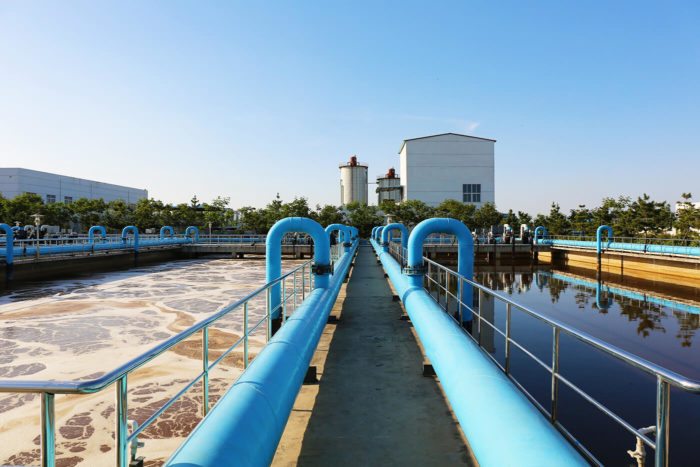Arsenic – Bane or Boon?
Face it: arsenic has a bad reputation. Take this quote from the kind old lady Martha Brewster in the 1944 movie, Arsenic and Old Lace: “For a gallon of elderberry wine, I take one teaspoon full of arsenic, then add half a teaspoon full of strychnine, and then just a pinch of cyanide.” And, it’s interesting to note that all three of these potentially nefarious substances have at least one thing in common (besides being bad for you): they all occur naturally.
However, of these three rather bad actors, arsenic is particularly of interest from a geological perspective. Arsenic is termed a metalloid: sometimes it acts like a metal and sometimes doesn’t. It combines in nature with other elements (commonly copper, sulfur, calcium, and iron) to form minerals such as arsenopyrite, conichalcite, enargite, lollingite (iron arsenide), olivenite and orpiment.
Now, those of you who are not chemically or geologically inclined may ask – “why should I care about arsenic minerals?” Because arsenic occurs naturally in minerals, it is therefore contained in rocks and soils. Logically, it follows that it can be found in groundwater and surface water that comes in contact with said rocks and soils. In fact, it is not uncommon for public water supplies to contain arsenic at concentrations above the drinking water standard.
In 1984, while in a very remote location in the Atacama desert of northern Chile, I drank from an artesian flowing well. My thirst fully satisfied, my colleague informed me with a grin that the well water contained arsenic at greater than 0.05 milligrams per liter, which is more than 5 times the current drinking water standard. I did not drop dead on the spot, but the point is, that even in one of the most remote locations on earth, groundwater did not meet US drinking water standards.
Arsenic also shows up in many man-made products: “About 70% of the world production of arsenic is used in timber treatment, 22% in agricultural chemicals, and the remainder in glass, pharmaceuticals and metallic alloys” (https://www.greenfacts.org/en/arsenic/l-2/arsenic-2.htm). As a result, arsenic can be a problem due to improper handling, transport, or disposal.
When arsenic is detected in groundwater, the question often arises: “is it naturally occurring, or is it man-made?” The simplest means to an answer is a comparison to levels of arsenic determined at a background or ambient location. However, in some instances, naturally occurring arsenic can be “mobilized” even in the absence of a man-made arsenic source: in other words, arsenic can be dissolved from natural minerals when the basic water chemistry is changed due to man-made influences. There are numerous instances where man-made alterations of drainage patterns have mobilized naturally occurring arsenic. And the question remains: is arsenic mobilized in this way naturally occurring, or is it man-made? Is there an ethicist in the house?
The story on arsenic is not all bad, and I will close with this quote: “Arsenic is critical to some species, including humans. It is necessary for the functioning of the nervous system. A deficiency can lead to inhibited growth. Percentage Amount in the Human Body: 0.00001%” (https://mineralseducationcoalition.org/elements/arsenic/).
If you have any questions, contact Timothy Bannister at 317.347.9590 ext. 53 or tbannister@sescogroup.com.

